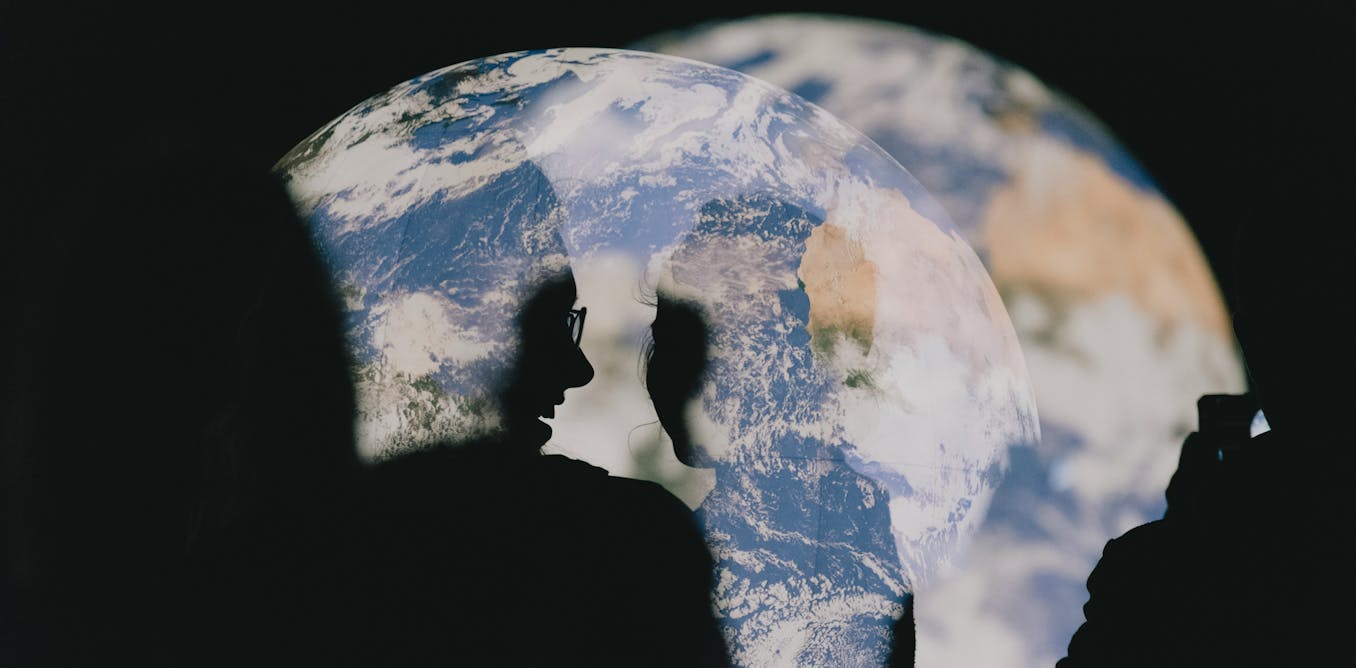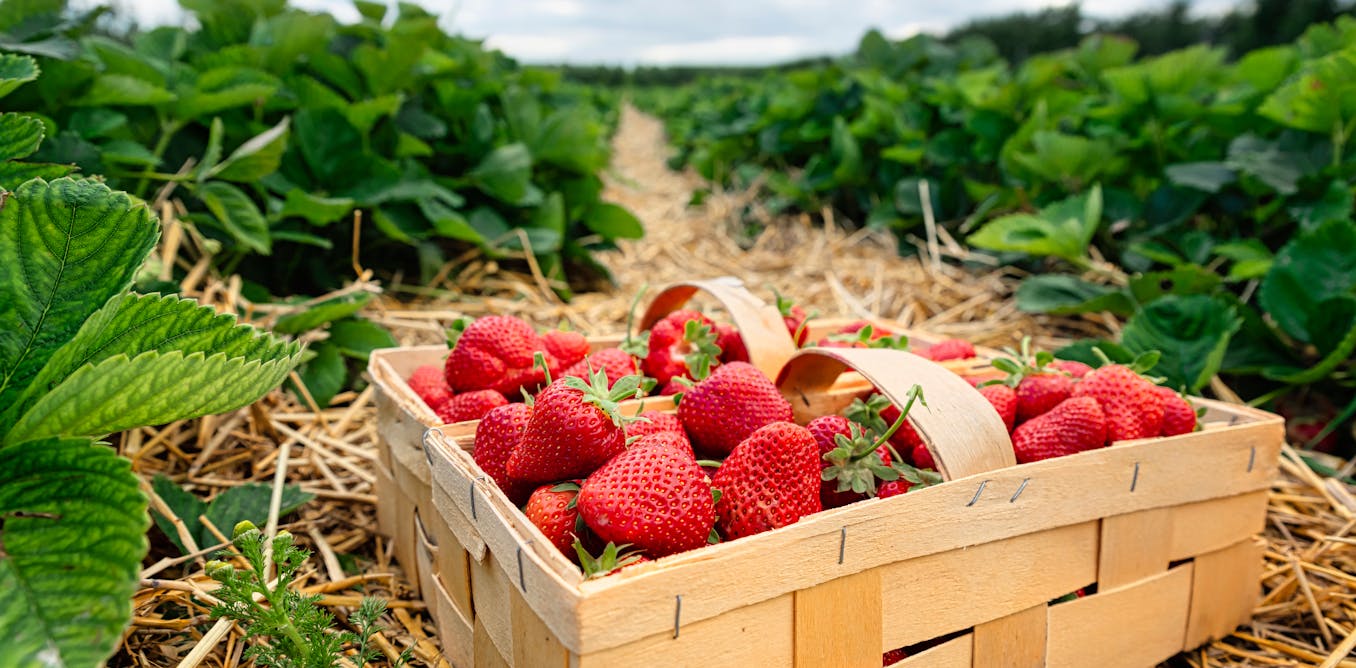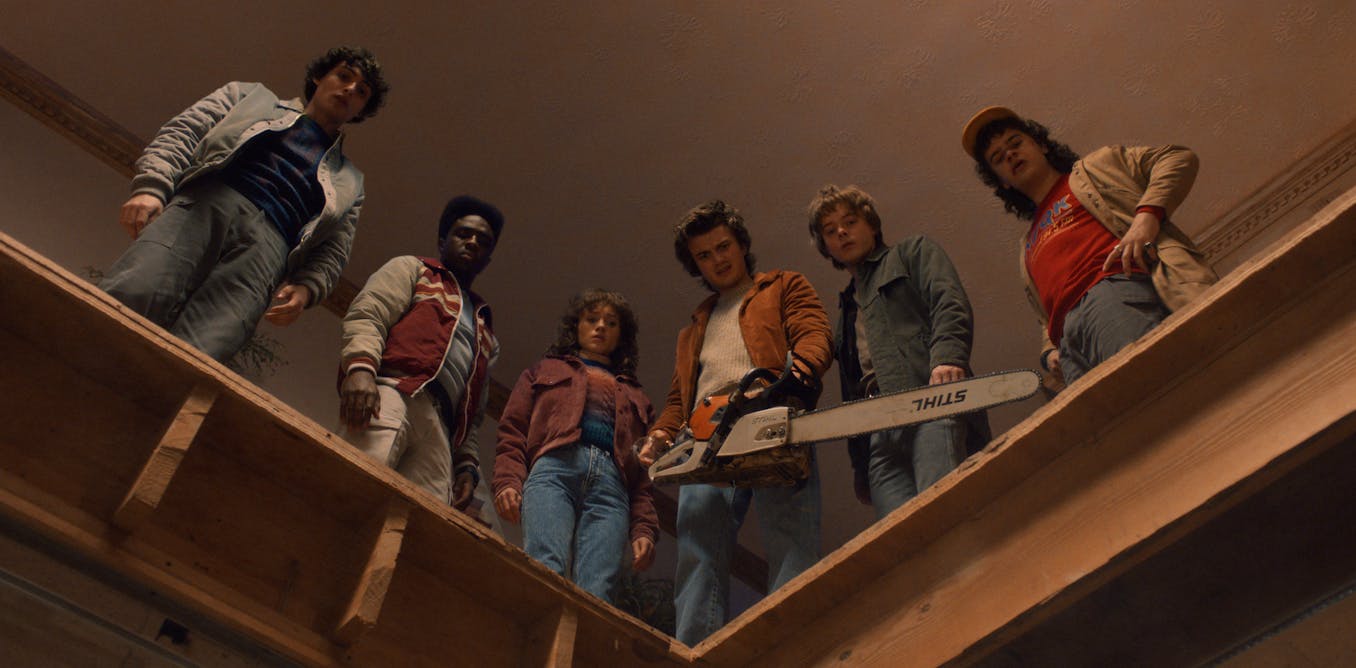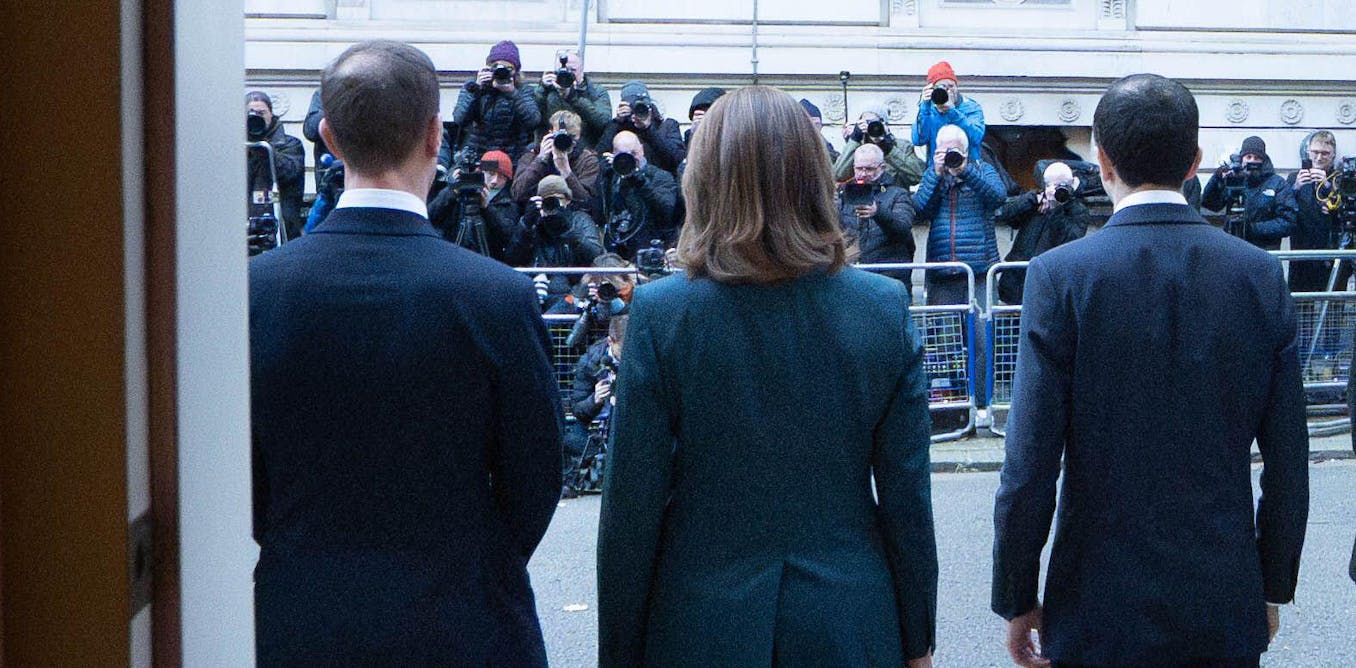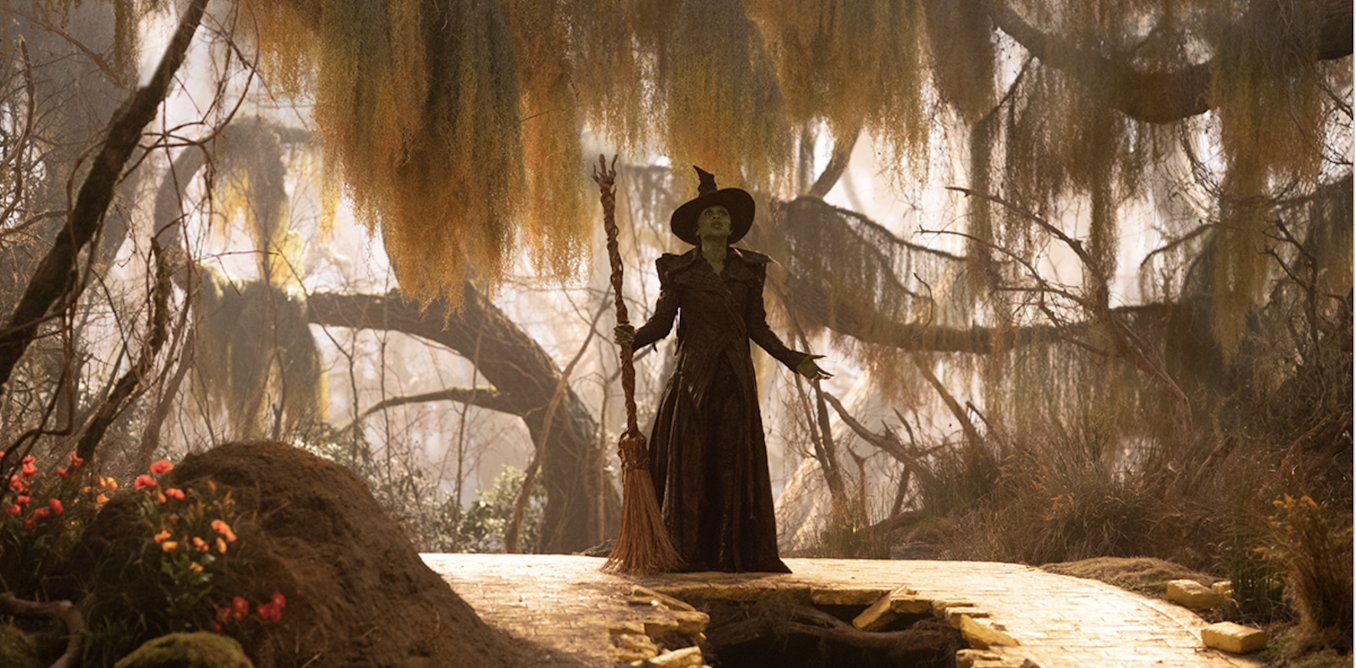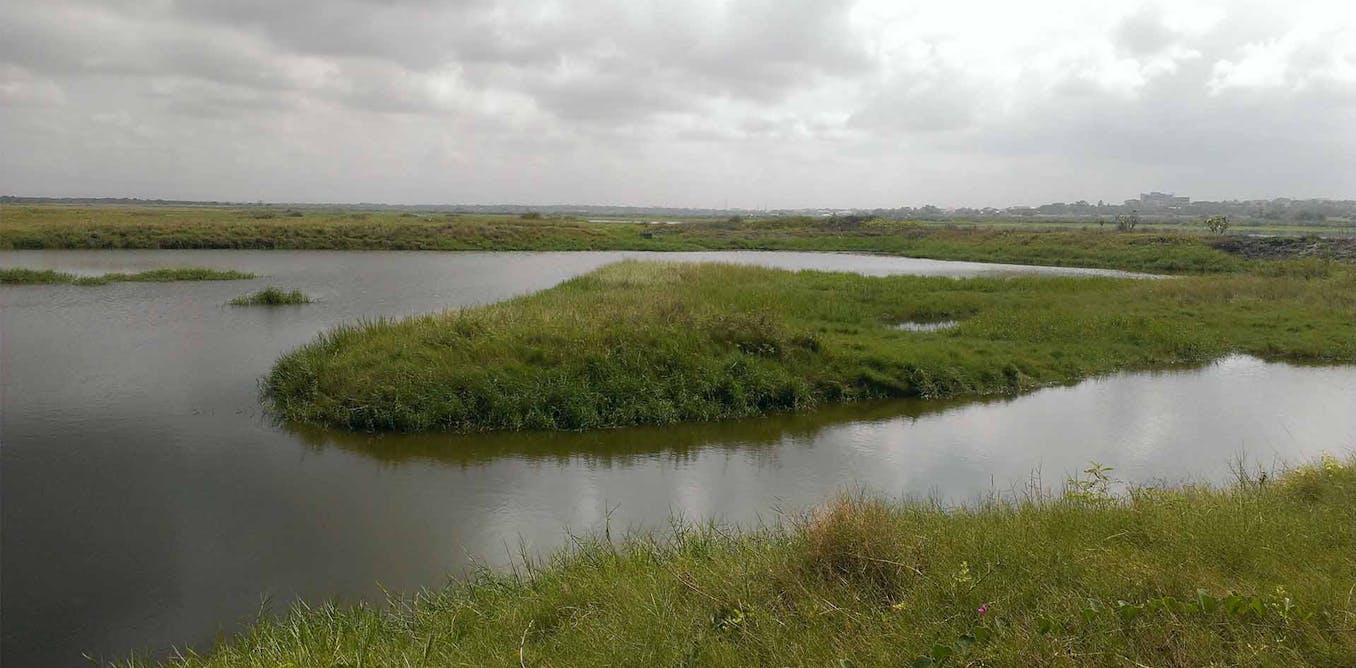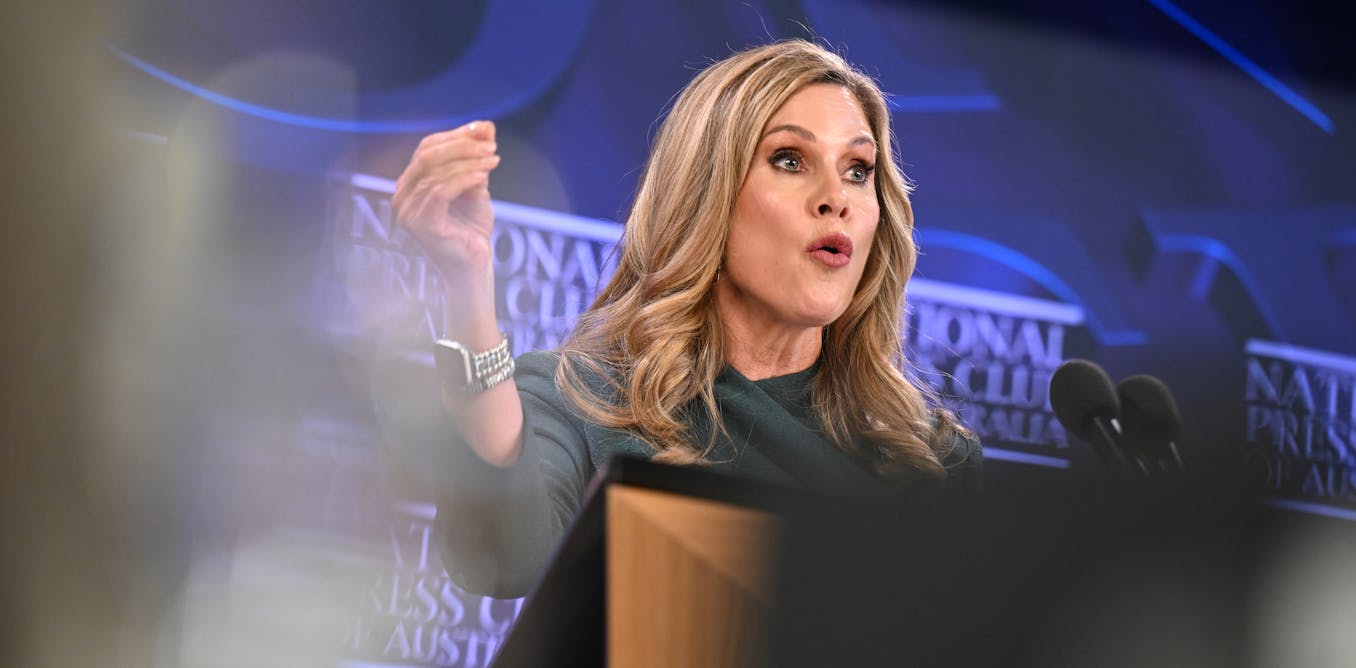The National Geographic documentary “Flora, Fauna, Funga” takes viewers on an eye-opening journey to the far southern reaches of Chile, where mycologist Giuliana Furci searches for new mushrooms on the main island of Tierra del Fuego. Joined by biologist Merlin Sheldrake and mycologist Toby Kiers from SPUN, the trio delves into the essential role fungi play in underpinning every ecosystem on Earth through nutrient cycling and their crucial relationships with plants.
The film highlights how fungi, often overlooked in conservation policy, are vital to the health of our planet. With their goal to map mycorrhizal networks worldwide, the scientists advocate for greater fungal inclusion in conservation frameworks by proposing the term “funga” alongside flora and fauna.
Through their passionate exploration, the team showcases the beauty, versatility, and importance of fungi in the natural world. From discovering new species to understanding the intricate networks below ground, the documentary sheds light on the critical need to protect and appreciate these often misunderstood organisms.
“Flora, Fauna, Funga” not only educates viewers on the wonders of the fungal kingdom but also inspires a deeper appreciation for the interconnectedness of all living things on Earth. It’s a reminder that without fungi, the world as we know it would not exist.
Watch the video by National Geographic
– [Giuliana] Without fungi, no plant could live outside of water. Without fungi, nothing would decompose. Most of the fluxes of nutrients on our planet would not exist. Basically without fungi, the world as we know it would not exist. My name’s Giuliana Furci, and I’m a field mycologist and fungal activist from Chile. The first time I saw a mushroom, beautiful, massive orange mushroom on a tree stump, and I was like, “Wow, this is incredible. I wanna know the species.” Then couldn’t find any books on Chilean fungi. I couldn’t believe it. I just had this deep feeling of injustice towards a whole kingdom of life.
And that then rapidly was enveloped with a certainty of, “I’m gonna do this.” A life well lived here is a life where I can help reveal a kingdom of life. We’ve been looking at protecting habitats through conservation frameworks that focus on large, charismatic species. And explicitly excluding a whole kingdom of life.
It’s about being scientifically correct and it’s about habitat protection with the organisms that connect it all. About eight or nine years ago, I remembered this beautiful series of books called “Funga Nordica,” and it was the use of this term referring to fungal diversity, and I said, “what about funga?” We demonstrated that funga was equivalent to flora and fauna. And then we built the three F proposal for decision makers
To include the term funga in conservation frameworks. It’s three Fs, not two: flora, fauna and funga. We’re in Tierra del Fuego, at the tip of the southern cone of the American continent. And we’re surveying for fungal diversity at what we call “The beginning of the world,” not the end of the world. Tierra del Fuego, is a really hostile environment to work in, you wake up with freezing mornings
And just the relentless wind. So on this trip, I have the honor of being accompanied by three extraordinary people, Cristian Moreno, who is in charge of the expeditions on our team, Toby Kiers, who is an extraordinary evolutionary biologist with a vision to map the underground networks of the world, and Merlin Sheldrake, who is a very elegant communicator
Of the wonders of the fungal world. – Fungi are metabolically ingenious. They teach us a lot, about how life proceeds. – Okay, I’m ready if everyone’s ready. – I’m ready. – All right. – My goal surveying, is to understand what species of fungi live here and who they’re living with. Because if collected properly, there’s quite a big possibility of describing new species to science. (speaking Spanish)…it smells like…really bad. Once you discover fungi in nature, your vision of nature will never be the same again.
A lot of this coming out to collect to the forest, has to do with being in the right forest in the right week of the year when the mushrooms are out. The are fungi living in the soil and in the tree trunks all year round, but we have to coincide and we have to be here exactly the three or four days that the mushrooms are visible. In this case, in this part of the forest, we’re not seeing any mushrooms, they’re just not visible.
They’re under our feet, but it’s not our day to meet them macroscopically. Go to the next spot. When you get to a forest, it’s really important to sit down, to chill out, and then suddenly, you just start seeing mushrooms, your eyes adjust. Seems like we’re not seeing anything, but now they’re starting to pop out everywhere. – Giuliana told me to not move because we have something new on this piece of wood and in my hand. What do we have? – Some sort of cup fungus that I haven’t seen before, and they’re so fragile because when we moved before, these two dropped off.
So we’re just trying to get a good collection. Sometimes one whole tree trunk has one individual only, or a few individuals that produce hundreds of mushrooms. But the mushroom isn’t the individual. The individual is… – [Toby] Below the surface. – [Giuliana] The individual is below the surface. – [Merlin] A formal taxonomic collection, it takes a while. You have to pick it in the right way. You have to arrange it, photograph it, number it. You have to do all sorts of description. – So this is one we collected… and is a new species.
– [Merlin] But mushroom collections are very important because if we don’t have formal taxonomic collections, we don’t know who lives where. And so part of the trip is to do with mushrooms. And part of the trip is to sample the soil and to look at the DNA in the soil
And to contribute to fungal community maps. – [Toby] We go and make cores in the ground in this grid pattern. Okay, we’re here. We collect the cores, extract the fungal DNA, and get a picture of what’s happening below ground. SPUN’s mission is to map the mycorrhizal networks of the Earth.
This very important class of fungi that provide nutrients to plants and sequester huge amounts of carbon. Right there. (bright music) – [Merlin] Fungi are a kingdom of life that have not had a kingdom’s worth of attention. Fungi play so many roles in human life as foods,
As agents of fermentation, as producers of medicines. But whatever they do in the human technological world is tiny, really, compared to what they do in the living world where they make soil, they form relationships without which all plants would die. They have shaped the history of life and continue to do so.
And so an account of the living world that didn’t include fungi, would be an account of a world that doesn’t exist. – [Giuliana] For a long time, I’ve been striving for the protection of fungi by myself. Meeting Merlin and Toby opened up a world for me.
It made me realize that I wasn’t alone in a vision for fungal protection. – Today is a really exciting day because it’s Giuliana’s, well it it might be Giuliana’s 1000th collection, formal taxonomic collection. It’s taken 25 years to make a thousand collections. And we’re gonna do our best to celebrate and make sure that she can’t just walk past this significant moment,
Which she was threatening to do. – This is collection 999. Look Merlin, you can see the cortina with the cinnamon colored spores. Here they are. – At last. – At last. At last! This is a species of Cortinarius that’s only found here in the southern hemisphere. And when the Fungi Foundation was created,
And we made our first logo that you can see on my hat, we represented a purple Cortinarius on the “I” of Fungi, fungi. Fungi, fungi, or fungi, we all pronounce the word in a different way. You say it however you want. Important thing is to say their name. – Oh yeah, look, they’re everywhere. – Okay, give us something. (bright music) Jane Goodall once told me to not stop, that I was with the fungi where she once was with the chimps, and that it was fundamental to not stop. And I’ve taken that advice to heart
And I hear that in my head constantly. Okay, we found it. Woo-hoo! This is a beautiful collection. I have no idea who they are, they’re beautiful, they’re in the moss and they’re perfect, and there are loads, and it’s a beautiful collection. And it’s a lovely spot, should we do this? Here and here. – Oh, come on. – Oh. – Cortinarius on the sphagnum. – Hello. – Hola. (smooches) – 1,000. – [All] 1,000. – You see the the yellow mycelium at the base? 1,000, feels like number one. It’s just the beginning. It’s just the beginning. – I happen to have. (all laughing) – [Cristian] Another encounter. (cork pops) – Oh, he’s got the bones. ♪ Jolly good luck to Giuli ♪ ♪ Good luck to the fungi too ♪ ♪ Jolly good luck to Giuli ♪ ♪ Good luck to the fungi too ♪
♪ Oh the Giuli the barrel the half-barrel bushel ♪ ♪ A gallon a half gallon pint pot ♪ [singing continues] ♪ Oh good luck good luck good luck to the fungi too ♪ – Woo hoo! – Woo! – Woo! – Woo hoo! – [Giuliana] My life’s work has been characterized by doing things that others haven’t done. Writing a field guide, founding an NGO dedicated to fungi, delimiting language to refer to them, proposing policy. – Hey! (laughing) You know, I have a responsibility working for the fungi. When we’re in the field together,
We test ways forward for fungal protection. Son lindos. (bright music continues) And many a time magic happens. Oh, that’s so special, look! This conk here… As soon as you know a little bit more about them, you really do realize that they’re the coolest organisms in the world, and they’re extremely, extremely charismatic and versatile and gracious and important and dangerous and elegant.
They have it all. Any biologist, any ecologist, understands that without fungi, the world as we know it doesn’t exist. It’s convincing people in power that they’re the way forward in protection of habitat that’s the challenge. Every time I see people start to discover this whole world beneath their feet, it’s such a joy.
We need to include the term funga in conservation frameworks, because without funga, flora and fauna don’t exist. ♪ Hey ho where did you go ♪ ♪ Did you wriggle or roll ♪ ♪ Did you giggle or grumble through ♪ ♪ Tom Thumb from where did you come ♪ ♪ Did you toddle or run ♪ ♪ Did you skip trip or stumble through ♪ ♪ Go down let’s go down ♪
♪ Let’s go down ♪ ♪ Don’t you wanna go down and wriggle on ♪ ♪ Have a sing-along ♪ ♪ Put some pickles on and play the Mellotron ♪
Video “Flora, Fauna, Funga | Documentary | National Geographic Society” was uploaded on 03/12/2024. Watch all the latest Videos by National Geographic on Gretopia







